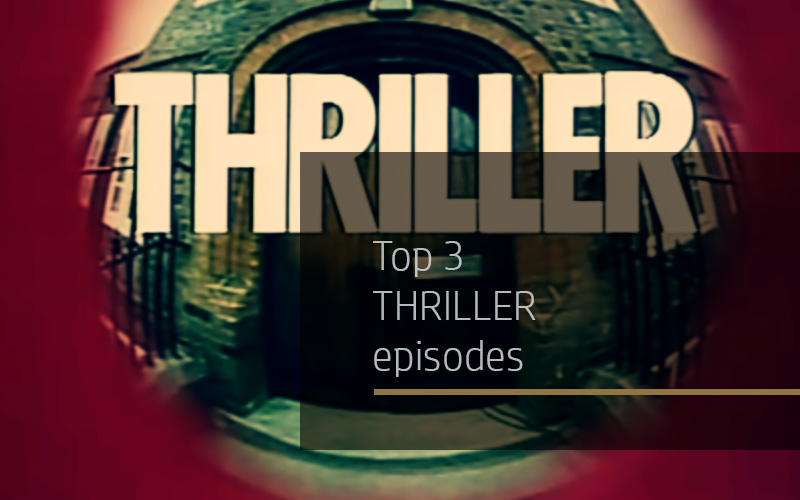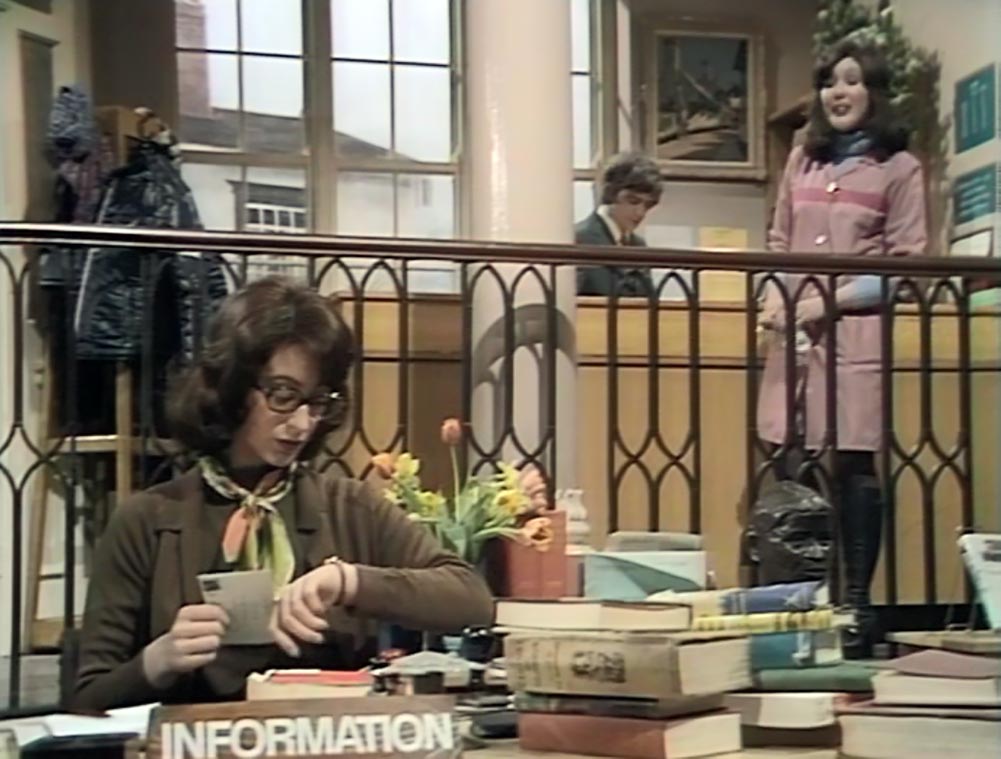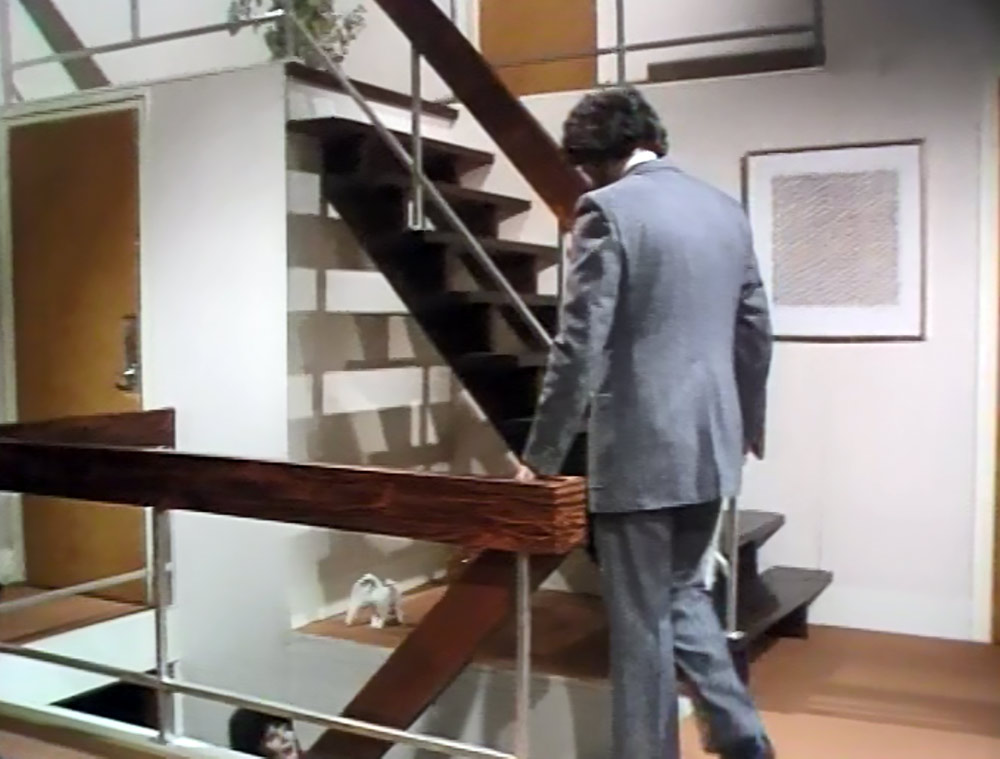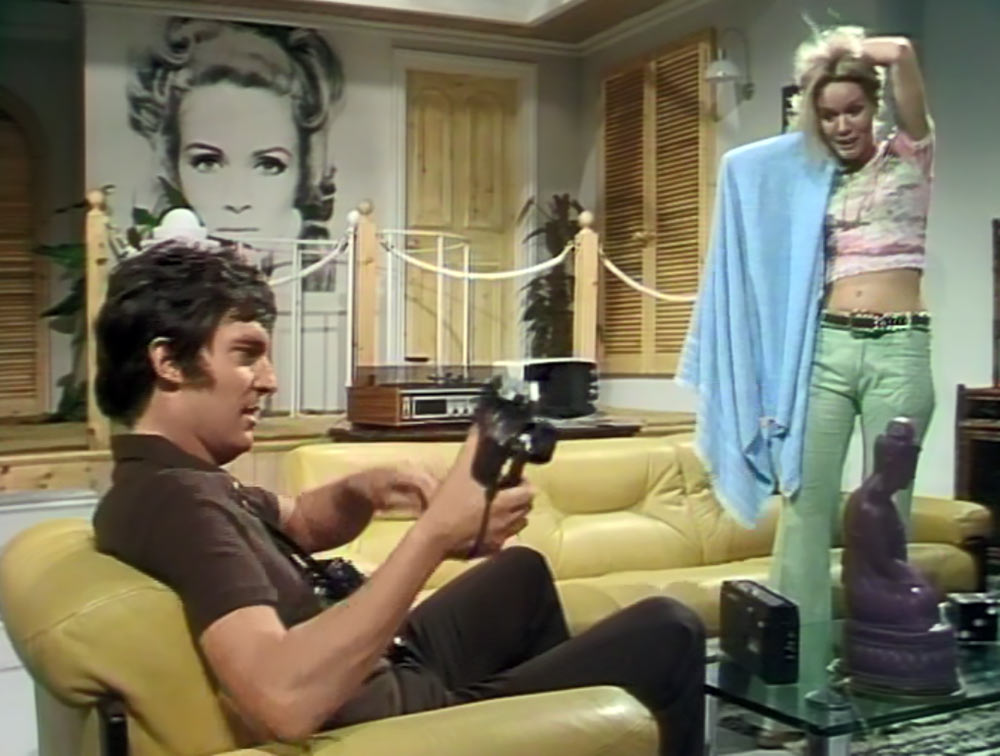
Top 3: Thriller episodes
If you’ve exhausted your stock of DVDs and watched everything of interest on your streaming service, you could do worse than get hold of the Thriller boxset released by Network. This British TV series, broadcast between 1973 and 1976, consisted of hour-long standalone episodes spanning crime drama to supernatural mystery. Picking out three favourite episodes is tough. There are gems that haven’t made it onto this list not because they aren’t brilliant, but simply because they’re not episodes that I find myself repeatedly going back to. ‘A Place to Die’, about a doctor and his wife’s move to an unsettlingly friendly village, contains some genuinely creepy moments. And ‘A Coffin for the Bride’ contains one of the most fantastic performances of seventies British television that you’ll ever see (seriously, watch it). But, for now, onto my three picks…

Many Thriller episodes contain a ridiculous amount of red herrings, but top prize for this probably has to go to my all-time favourite episode, ‘File It Under Fear’. The cast – including Maureen Lipman, John Le Mesurier, and James Grout – throw themselves into the (admittedly rather one-dimensional) roles they’ve been assigned. Lipman, as librarian Liz Morris, is a stuffy 29-year-old woman who has apparently resigned herself to a lifetime of spinsterhood; the closest she gets to romance are the volumes of romantic short stories she borrows from the library. John Le Mesurier, as Mr Stubbs, is a slightly more discombobulated version of Sergeant Wilson, terribly polite but with an aloof manner that suggests he is not quite on the same plane as everyone else. Superintendent Cramer, played by Grout, is the stereotypical senior police officer, furious to be dragged away from his game of golf to deal with such piddling matters as the murders of young women. The star of the show, though, is Liz’s mother – played by Rose Hill – who is the embodiment of the News of the World reader in George Orwell’s ‘Decline of the English Murder’. The arrival of her daily paper is a hotly anticipated event, the lack of gory details within it a grave disappointment. “Isn’t that maddening? Not a word about it! I do like a nice murder.”
I suspect that a large part of the attraction of this episode lies, for me, in the library itself. It has a definite echo of the 1970s libraries with which I grew up: the dark wood shelving, the slightly battered communal table covered with newspapers, the slim file card boxes on the librarian’s desk. (As a bonus, there’s also some rather theatrical browsing of the shelves by extras in the background of many scenes.) As a young teenager, working in a library had an indefinable glamour to it that led me to volunteer my time in our local one during the school holidays. The smell of the thick plastic slip covers, the satisfying clunk as you slid the book’s magnetic strip across the checkout desk… Aah. Anyway…
The spaces and sets of Thriller tended to be aspirational: people lived in chic city centre apartments or impossibly large houses in the countryside. When workplaces were depicted they tended to have an air of style and efficiency about them, staffed by well-dressed young women and soundtracked by the clatter of teleprinters and fax machines. The library in ‘File It Under Fear’ is perhaps notable as one of very few low-tech workplaces in the series, though it is as pivotal to the action as the swish office block in ‘I’m the Girl He Wants to Kill’. The house of Liz and her mother, also home to suspicious lodger Steve, is, I think, one of the few instances when the series portrays a home that would have been reasonably realistic for the majority of its viewers.
As I pick out my favourite episodes, I realize that all of them have something peculiarly attractive in their sets, and that half of the pleasure of watching them is a kind of aesthetic nostalgia. If I aspired to the ‘glamour’ of the 1970s library as a child (mistaken though it may have been), the spaces of my other two chosen episodes have a more grown-up attraction, allowing for the same kind of fantasy house-hunting as browsing the WowHaus website.

In ‘Spell of Evil’, we meet Tony Mansell, who is cajoled into signing up to a dating service following the untimely death of his wife. Modern Mates dating agency finds Clara (Diane Cilento) – a woman glamorous in a way that I find faintly terrifying but which Tony and his friends find impossibly beguiling. I won’t throw in any spoilers, but the title alone should give you a hint of what’s to come. I fear I’ve become slightly obsessed with the house that Tony and Clara inhabit, which is Labyrinth-like in the sheer number of split levels and staircases that the set designers fitted in to the space. Taking together the house, Clara’s hooded kaftans, and the constant quaffing of cocktails, the episode is aspirational seventies suburban living par excellence.

My final episode pick, ‘One Deadly Owner’, has a similar melding of primitive horror and modern aestheticism to that in ‘Spell’. American actress Donna Mills is Helen Cook, a model living in London. Her boyfriend/agent, Peter, is played by the always wonderful Jeremy Brett, whose primacy in Helen’s life is threatened by her purchase of an enormous Rolls Royce. Flipping between Helen’s apartment and a mansion in the Surrey countryside belonging to the car’s previous owner, it’s possible to live vicariously through Helen quite happily (if you discount the disembodied screams that occasionally issue from the back seat of the Rolls, that is).
Peter Hutchings has highlighted Thriller’s reliance on interior scenes in his brilliant article on ‘women-in-peril’ thrillers of the 1970s. Thriller’s domestic settings, in particular, can be read in light of Gothic traditions, with the juxtaposition between Gothic drama and modern interior coming together to create something uncanny (for more on this, I recommend Helen Wheatley’s book Gothic Television). Ancient curses and demonic powers are given free reign in the shag-carpeted suburbs of Britain, and it’s this that makes my favourite Thriller episodes both so effective and so oddly comforting.
Jennifer Wallis
Like this article?
Related Posts
Comments
Copyright © Headpress

